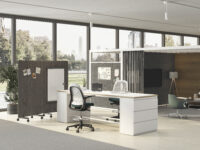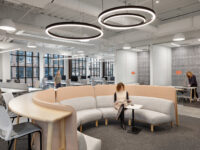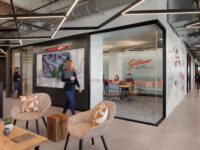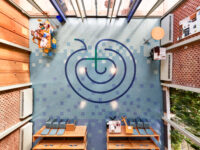Staffing shortages and inflation have healthcare facilities scrambling to keep up with everchanging advances in modern medicine. What most don’t realize is that introducing furniture, flooring, and systems designed for healing can alleviate (and automate) workloads for most. This will improve the care patients receive. Should we choose to stay stagnant and fail to ask how medical centers can evolve, more and more pressure will fall on the already fragile infrastructure.
Lean Principles Create Positive Experiences
Hospital CEOs are continuously challenged by personnel shortages and burnout. With the demand for efficiency at an all time high, the answer may not be just increased staffing – but rather reimagining the way health systems use technology and design spaces that reduce stress and elevate effectiveness. The way our medical centers are designed should be both stimulating and adaptive in nature. Older buildings need to be reimagined with the needs of both patient and caregiver in mind. This calls for decision makers to take a step back to assess where they can pivot. Finding opportunities to streamline administrative tasks uncovers lost time that can be redirected to patient care while refreshed environments elevate both patient and caregiver emotionally and energetically. Both resulting in higher levels in employee retention and improved patient care outcomes.
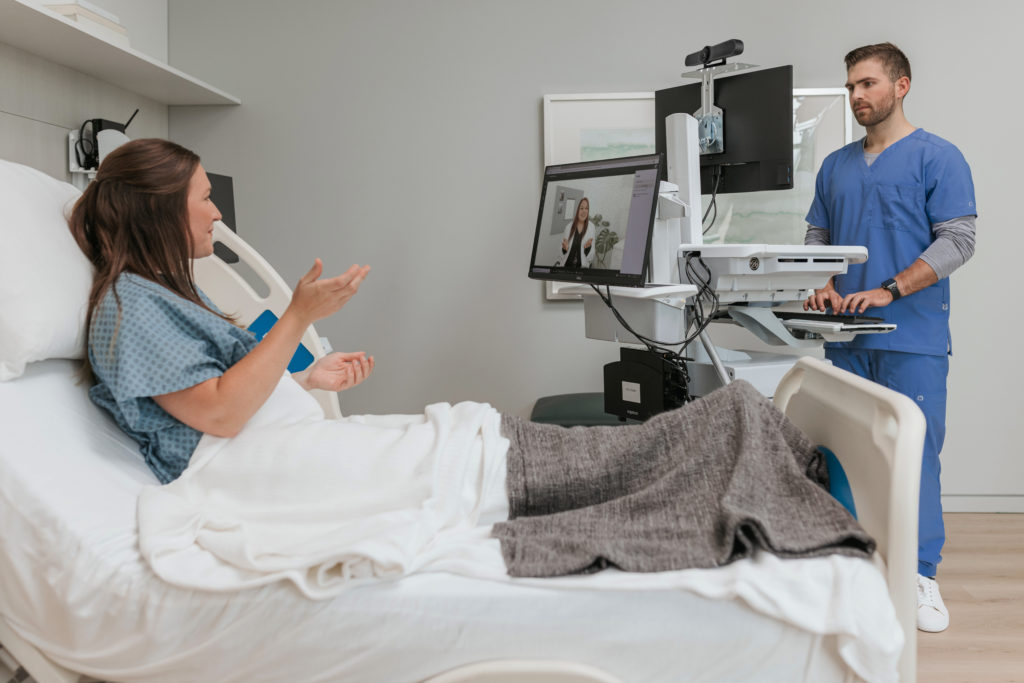
The Power Of Automation & Technology
Automation is a powerful tool. Online systems streamline tedious processes such as check in, payments, and appointment scheduling. Offloading these will shift caregiver focus on to higher-level issues.
One critical piece of providing patient-centered care is the importance of capturing accurate medical data and then making that data available at a moment’s notice. Keeping patient information accessible and legitimate ensures the highest quality of care is being provided for those in need. Utilizing electronic health records empowers caregivers to make assessments in real time, which can save a life in certain situations. Healthcare facilities can keep medical history, prescriptions, and diagnosis accessible with the right tools and technology set up in areas that make sense such as exam and consultation rooms will keep information readily available.
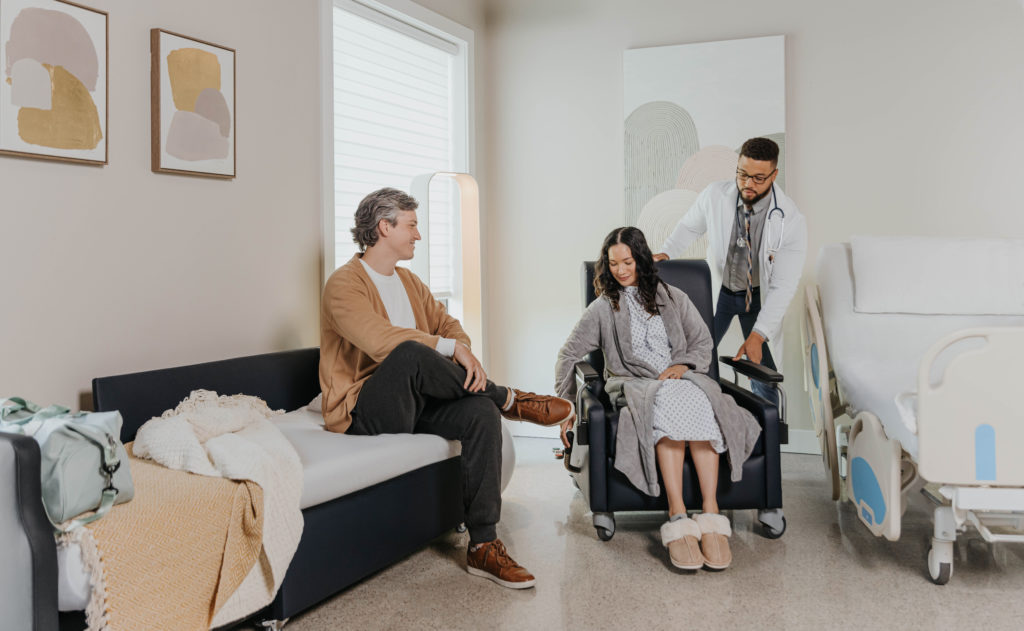
Space Planning For Healing
Anytime we enter a facility we are influenced by the surroundings. Outdated wall colors, poorly planned layouts or uncomfortable furniture can escalate uneasiness or create a heightened sense of fear and if met with overworked healthcare professionals who are attempting to diagnose and treat people as quickly as possible could lead to poor outcomes. Partnering with a professional space design team allows the healthcare team to focus on the task at hand while healthcare planners observe, suggest and create new concepts that are meant to inspire and inform users on how interaction within the space improves operational efficiency. With services like live design available to healthcare facilities, a 3D rendering brings new floor plans and layouts to life so you can see exactly how curated furniture can add cues for use, flexibility to lobbies, breathable patient rooms, and refreshed employee lounges.
Get inspired: explore our recently completed healthcare space planning projects >>
Pulse Check: Healthcare Workspaces Must Evolve Alongside Modern Medicine
Outdated environments or systems are creating dangerous stress points on our healthcare system. In order to protect and prepare these facilities for today’s demands, new products and tools must be embraced to deliver patient-focused care in a way that keeps workload manageable for caregivers. Where traditional processes like intake used to weigh down staff, introducing automation tools like online check in and payment engages the patient and ultimately frees up caregivers to prioritize healing above all else. The implementation of a newly designed workspace can make a world of difference to both patient and staff. Learn how you can use live design to equip your team with the tools, technology, and support they need to do their best work.
